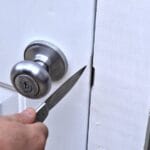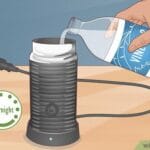Have you ever stepped into a relaxing, warm shower only to be jolted by a sudden blast of cold water when someone else turns on a tap? It’s a common problem that can turn your peaceful morning routine into an unexpected wake-up call.
Understanding why this happens can save you from those chilly surprises and help you enjoy a consistent, soothing shower every time. We’ll uncover the reasons behind this inconvenient phenomenon and explore practical solutions to keep your shower just the way you like it.
Let’s dive into the details so you can reclaim your blissful bath time without any interruptions.
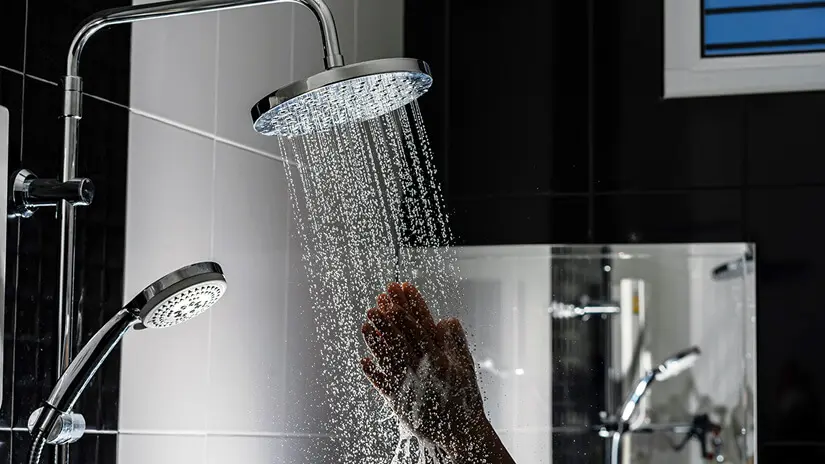
Credit: fixedtoday.com.au
Common Plumbing Issues
Experiencing a sudden blast of cold water during your shower can be frustrating. Many homeowners face this issue, especially when another tap is turned on. Understanding common plumbing issues helps in finding solutions. Let’s explore some reasons behind these chilly surprises.
Hot Water Supply Limitations
Many homes have limited hot water supply. Water heaters can only heat a certain amount. If multiple taps demand hot water, the heater struggles. This causes showers to turn cold. Regularly checking your water heater’s capacity can help. Consider upgrading if your household needs more hot water.
Pressure Imbalance
Pressure imbalance is another culprit. Plumbing systems depend on balanced water pressure. Turning on another tap can disrupt this balance. It diverts water from your shower, causing temperature changes. Install pressure-balancing valves to fix this issue. They maintain consistent pressure and temperature in showers.
Impact Of Water Heater Type
Ever wondered why your shower turns icy when another tap is on? The type of water heater you have plays a crucial role. It affects how hot water is distributed throughout your home. Understanding the impact of your water heater can help solve this chilling issue.
Tank Vs. Tankless Systems
Tank water heaters store hot water in a large tank. They heat water continuously until it’s needed. When you turn on another tap, the stored hot water depletes quickly. This causes the shower to go cold.
Tankless water heaters, on the other hand, heat water on demand. They provide a continuous flow of hot water. But, if multiple taps are on, the system struggles to supply enough hot water. This can also cause a drop in temperature.
Water Heater Capacity
The size of your water heater matters. A small tank may not hold enough hot water for multiple uses. When the shower and taps are on, the tank empties faster than it can refill.
Tankless systems also have capacity limits. If the heater is too small, it cannot supply enough hot water. Consider the number of family members and water usage. A larger capacity might be needed to avoid cold showers.
Pipe Configuration And Design
Ever stepped into a warm shower only to yelp moments later as icy water crashes down on you? It’s a common annoyance that might make you wonder about the inner workings of your plumbing. The answer often lies in the pipe configuration and designof your home. Understanding the intricacies of your plumbing system can help you troubleshoot this chilling dilemma.
Old Plumbing Systems
Many older homes come with plumbing systems that weren’t designed to handle the demands of modern living. The pipes might be outdated, with materials that don’t insulate well, leading to temperature fluctuations. When you turn on another tap, the system can’t balance the pressure, causing your shower to go cold.
I remember visiting my grandmother’s house, where every shower was a gamble. As soon as someone flushed a toilet, the hot water would vanish. Old plumbing systems often lack the separate lines necessary to maintain a steady temperature, making them prone to such issues.
Improper Pipe Sizing
Pipes that are too small for the demand of your household can cause significant problems. When water flows through pipes that are not appropriately sized, it can lead to pressure drops. This results in an unpleasant shower experience when other taps are turned on.
Imagine trying to drink from a straw while someone pinches it halfway. That’s what your pipes experience when they’re improperly sized. You may want to consult a plumber to assess whether the pipes in your home are sufficient for your needs.
Could your pipes be the culprit behind those cold showers? By examining your home’s pipe configuration and design, you can take steps to ensure a more comfortable shower experience. Don’t let outdated systems or poor pipe sizing leave you shivering. Address these issues for a warm and relaxing shower every time.
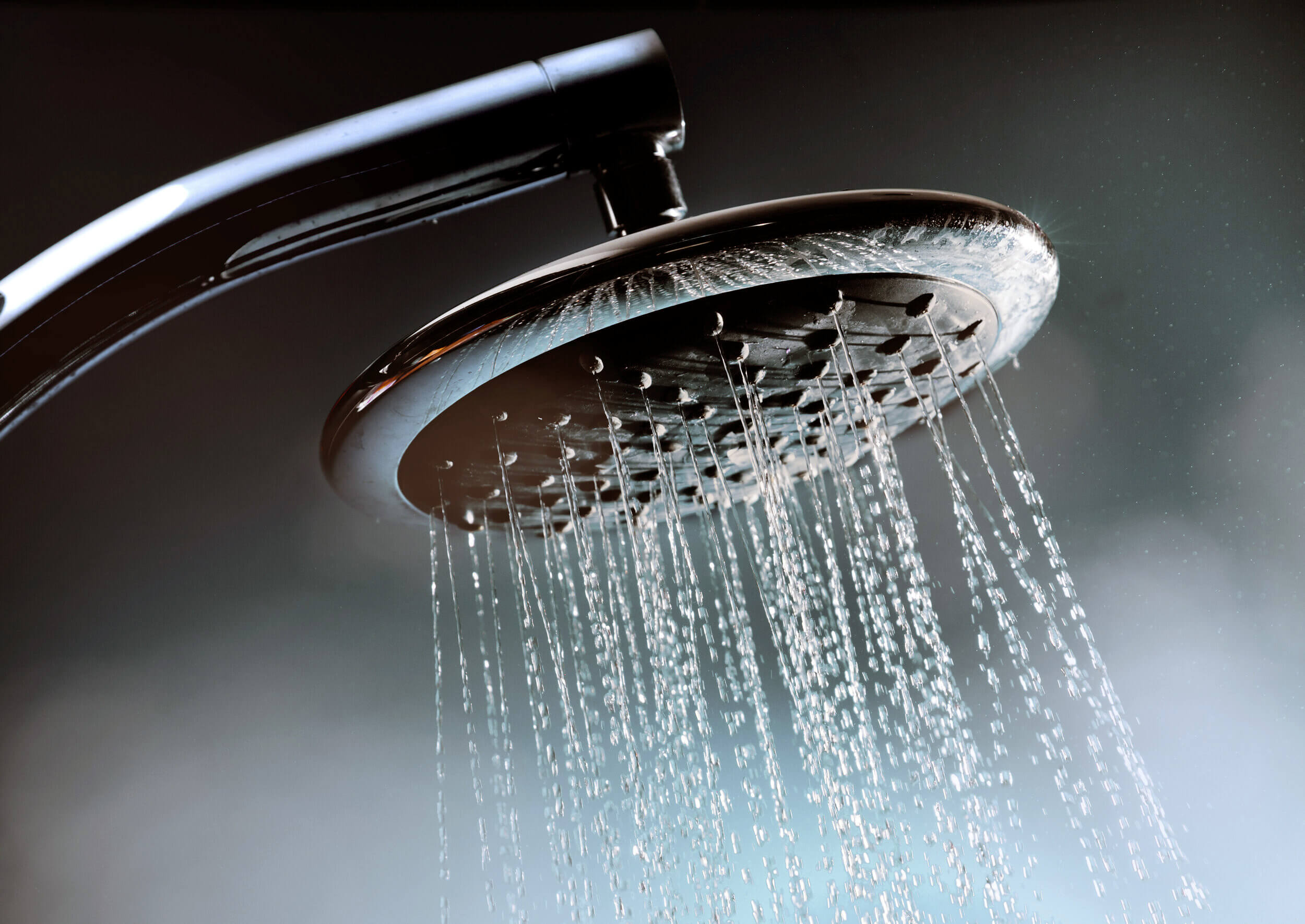
Credit: fixedtoday.com.au
Household Water Demand
Household water demand often affects shower temperature. Understanding this can prevent sudden cold showers. When you turn on another tap, the water pressure changes. This can lead to a chilly surprise in the shower. Let’s explore how household water demand impacts your shower experience.
Peak Usage Times
Peak usage times can affect your shower’s water temperature. These times usually occur in the morning and evening. Many household members use water simultaneously. This increased demand can lower the hot water supply. Your shower might turn cold if everyone uses water at once.
Multiple Fixtures Running
Multiple fixtures running at the same time can strain your water system. Think about your kitchen tap, washing machine, and shower. Running them together divides the water supply. The shower may receive less hot water. This can cause an unexpected temperature drop. Managing fixture use can help maintain a steady shower temperature.
Solutions And Fixes
Wondering why your shower turns cold when another tap is on? It’s likely due to water pressure changes. A common household issue, it occurs when plumbing systems can’t supply enough hot water to multiple outlets simultaneously. Adjusting your water heater or installing a pressure-balancing valve might help.
Experiencing a sudden rush of cold water in the shower when someone else uses a tap can be frustrating. You might find yourself wondering why this happens and how you can fix it. Fortunately, there are practical solutions to ensure your shower remains comfortably warm, no matter what else is happening in the house. Let’s explore some effective fixes.Adjusting Water Pressure
Start by checking your water pressure. Low water pressure can cause temperature fluctuations when multiple taps are in use. Consider installing a water pressure regulator to maintain a steady flow. This simple device can make a world of difference, ensuring consistent water temperature even during peak usage times. If your home already has a pressure regulator, it might just need a tweak. Adjusting it slightly can balance the pressure and keep your shower from turning cold unexpectedly.Upgrading Water Heater
Your water heater might not be up to the task. Older models often struggle to supply enough hot water when demand is high. Upgrading to a tankless water heater can provide a continuous supply of hot water. These modern heaters heat water on demand, so you never run out. Consider the size of your household and your water usage needs. A bigger tank or a more efficient tankless system could be the solution to your cold shower woes.Reconfiguring Plumbing
Sometimes, the problem lies in the plumbing itself. If your pipes are old or incorrectly installed, they might need reconfiguration. This could be a more involved fix but is often necessary for older homes. Consulting with a professional plumber can provide insights into whether this is the root of your issue. Think about the layout of your current plumbing. Are there long distances between your heater and taps? Reconfiguring the setup might reduce the time it takes for hot water to reach your shower. Have you experienced any unexpected surprises while trying to solve this problem? Share your journey and help others learn from your experiences.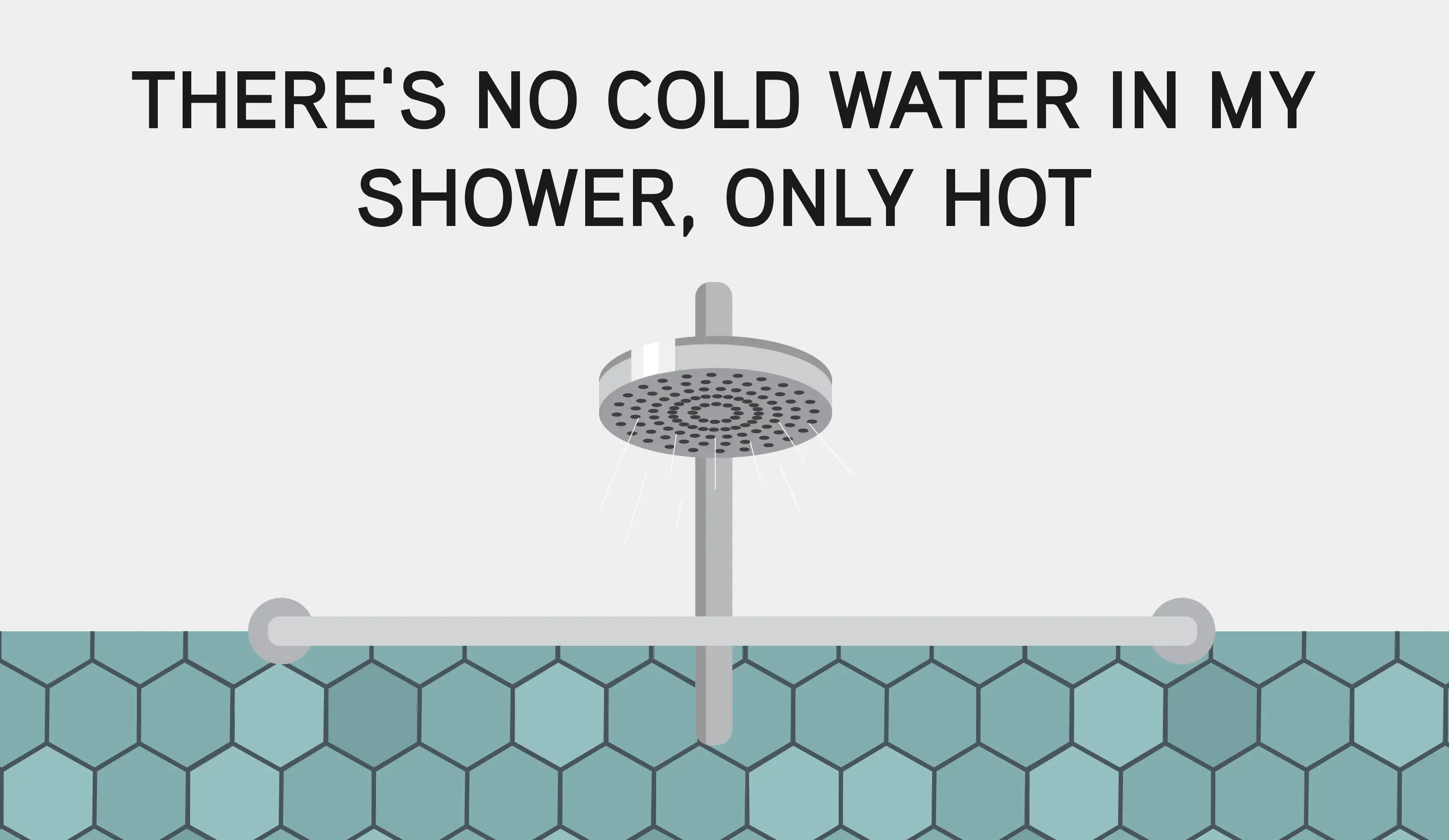
Credit: www.mrrooter.com
Preventive Measures
Experiencing a cold shower when another tap is turned on? This common issue arises from shared water supply lines. Installing pressure-balancing valves can help maintain consistent water temperature, enhancing your shower experience.
Experiencing a cold shower when another tap is turned on can be frustrating. Fortunately, there are preventive measures you can take to avoid this icy surprise. By implementing regular maintenance and focusing on efficient water use, you can keep your showers consistently warm. Let’s dive into some practical steps you can take to prevent this issue from disrupting your daily routine.Regular Maintenance
Regular maintenance of your plumbing system is key to preventing sudden temperature changes in your shower. Check your water heater annually to ensure it’s functioning properly. A well-maintained heater can distribute hot water evenly, reducing the chances of a cold shock. Look for signs of rust, leaks, or strange noises in your pipes. Addressing these issues early can prevent more significant problems down the line. Set reminders to inspect your plumbing system every few months. This simple step can save you from unexpected cold showers.Efficient Water Use
Efficient water use can help maintain consistent water temperatures. Install low-flow showerheads and faucet aerators. These devices reduce water consumption without compromising pressure, ensuring a steady supply of hot water. Try not to run multiple water-using appliances simultaneously. For example, avoid using the dishwasher and washing machine while someone is showering. This small adjustment can make a big difference in your shower experience. Think about your household’s water habits. Are there peak times when everyone uses water at once? Encourage staggered usage to balance the demand on your water heater. A little planning can keep your showers warm and pleasant. Have you ever experienced a cold shower just as you were getting comfortable? Share your stories in the comments and let’s discuss more ways to tackle this common problem!Frequently Asked Questions
Why Does My Shower Go Cold With Another Tap On?
When another tap is used, water pressure drops. The shower gets less hot water, turning cold. Common issue.
How Can I Fix My Cold Shower Problem?
Install a pressure-balancing valve. It keeps shower temperature steady. Or avoid using other taps during a shower.
Does Low Water Pressure Affect Shower Temperature?
Yes, low pressure means less hot water in the shower. It causes temperature fluctuations.
Are Older Plumbing Systems More Prone To This Issue?
Yes, older systems often lack pressure-balancing features. They are more susceptible to temperature changes.
Can Upgrading My Shower Valve Help?
Yes, modern valves balance pressure well. They help maintain a consistent shower temperature.
Conclusion
Understanding why showers turn cold helps you fix annoying problems. Often, it’s about water pressure or temperature balance. Fixing these issues can make your showers comfortable again. Try adjusting the valves or check for plumbing issues. Sometimes, a professional plumber can help solve complex problems.
Enjoy warm showers without interruptions. Remember, small fixes can make a big difference. You deserve a relaxing shower experience every time. Keep exploring solutions for a cozy and uninterrupted shower. Regular maintenance can prevent future issues, ensuring a pleasant shower experience.
Stay proactive and enjoy your showers to the fullest.

